When we think about survival, we often picture animals fighting tooth and claw, each one out for themselves.
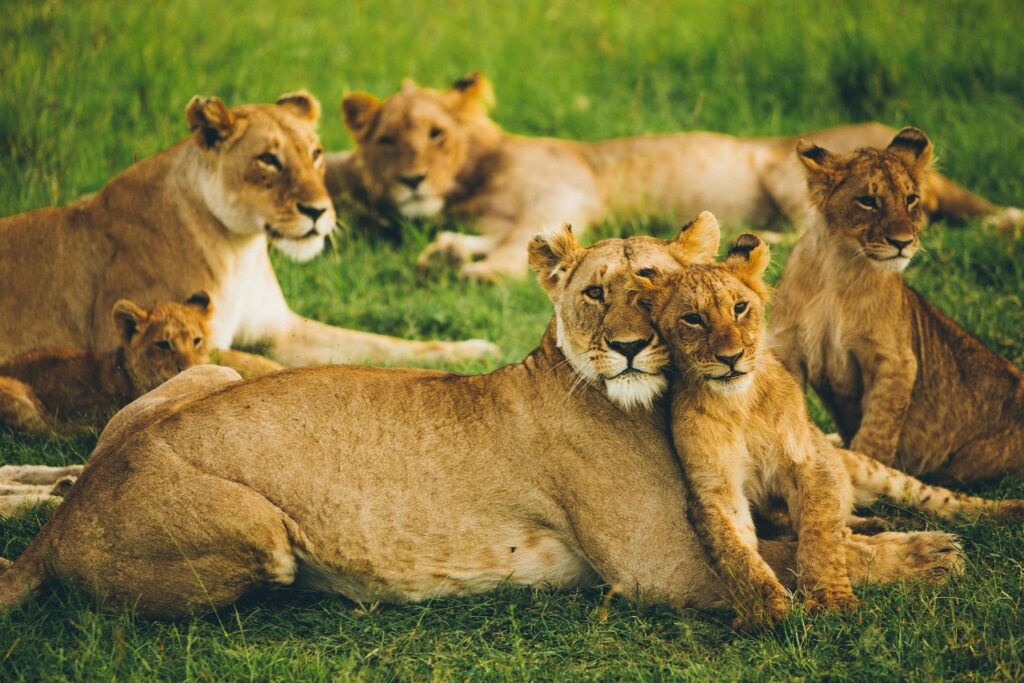
However, in reality, the animal kingdom is packed with examples of cooperation, balance, and teamwork that put most office teams to shame. Whether it’s a perfectly timed migration or a joint effort to build a home, here are 14 ways nature quietly models what it really takes to work together and survive.
1. Wolves rely on coordination over brute force.
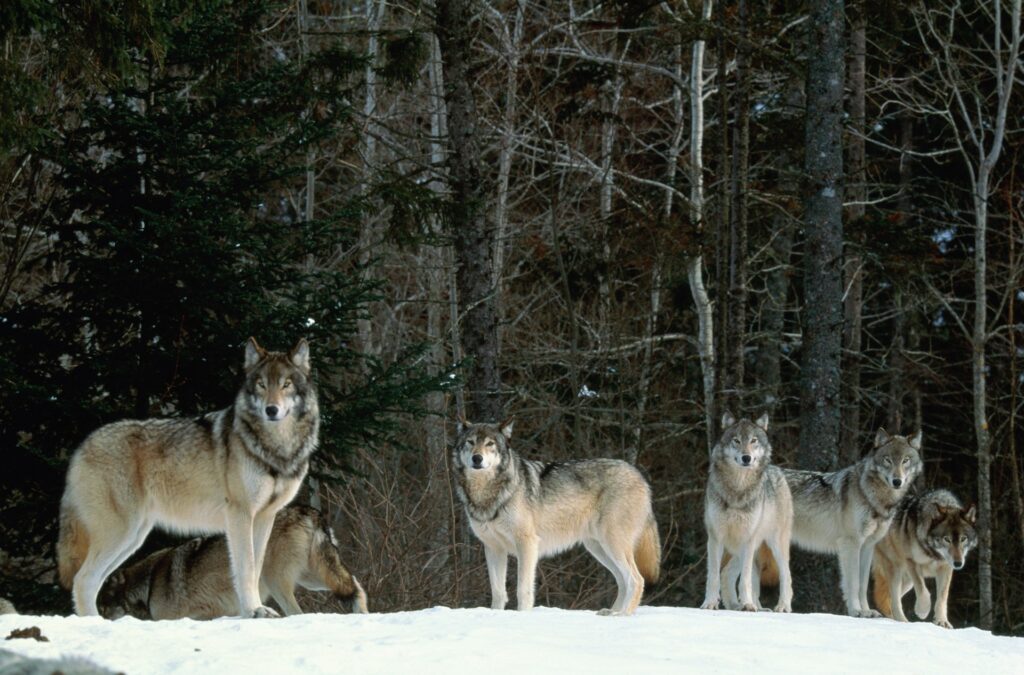
Wolves don’t just chase things blindly—they operate as strategic hunting units. Each member of the pack plays a role, whether it’s driving prey forward, flanking, or waiting to cut off escape. It’s less about who’s strongest and more about synchronised effort and shared purpose.
This reminds us that leadership isn’t about domination—it’s about trust, timing, and knowing how to play to the strengths of your group. No one wolf takes all the credit, but they all eat because they worked in sync.
2. Ants treat teamwork like a survival instinct.
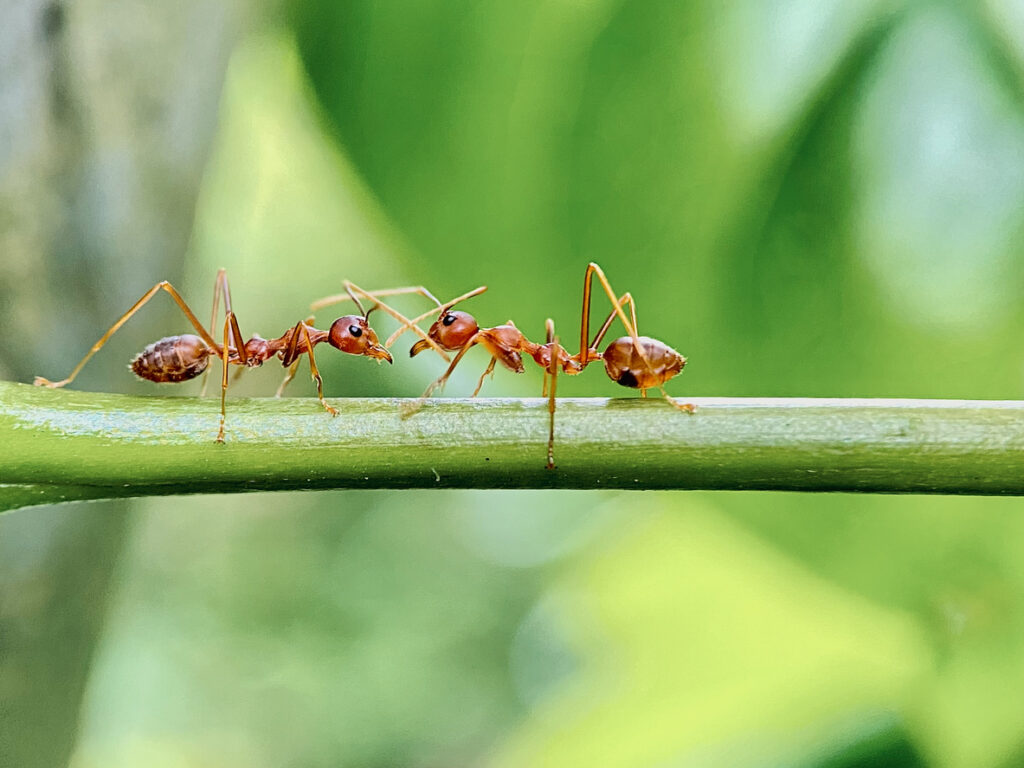
Ant colonies are famously efficient. They build vast tunnel systems, move food in coordinated lines, and respond to threats as a united front. No ant is freelancing. Everything they do is tied into a wider collective aim. It shows how powerful a shared sense of duty can be, even when no one’s technically “in charge.” Communication, consistency, and everyone doing their bit—it’s not flashy, but it’s wildly effective.
3. Dolphins support their injured.
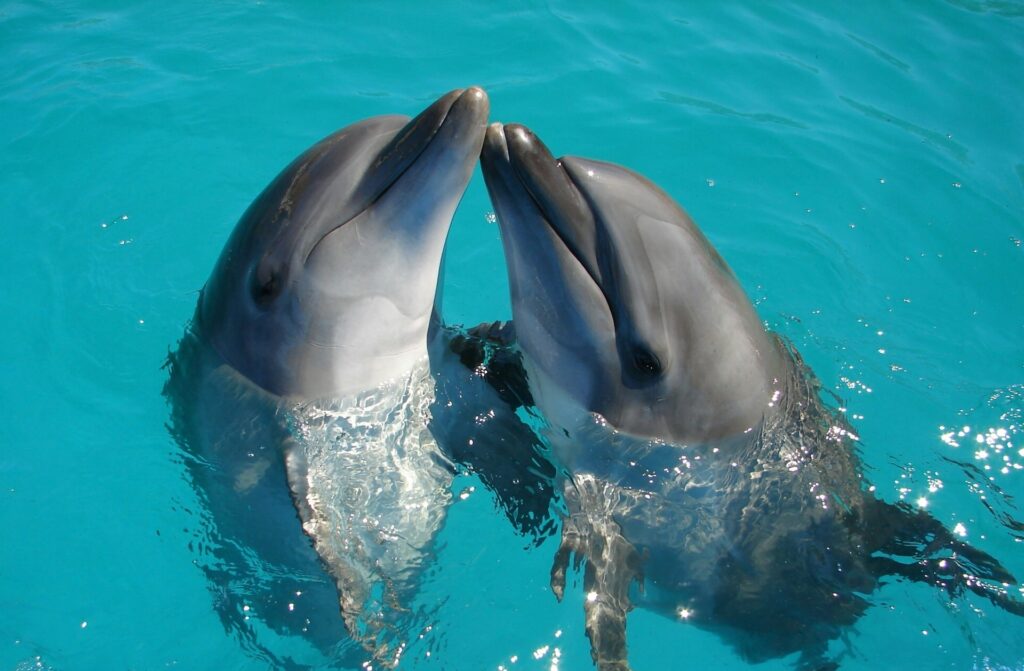
Dolphins are incredibly social animals, and when one of their pod gets injured or sick, the others will often take turns helping it to the surface to breathe. They don’t abandon the weak—they rally around them. That behaviour highlights the value of compassion within a team. It’s not just about moving fast and being strong—it’s also about not leaving anyone behind, even when it would be easier to swim on without them.
4. Elephants never forget… each other.

Elephants have tight social bonds and strong memories, not just for places but for other elephants. When a member of their herd dies, they grieve. When they reunite after time apart, they show recognition and affection. That deep loyalty helps them navigate difficult terrain and protect one another from danger. Their survival isn’t just about food or water—it’s built on memory, trust, and long-term social connection.
5. Honeybees divide tasks based on skill and need.
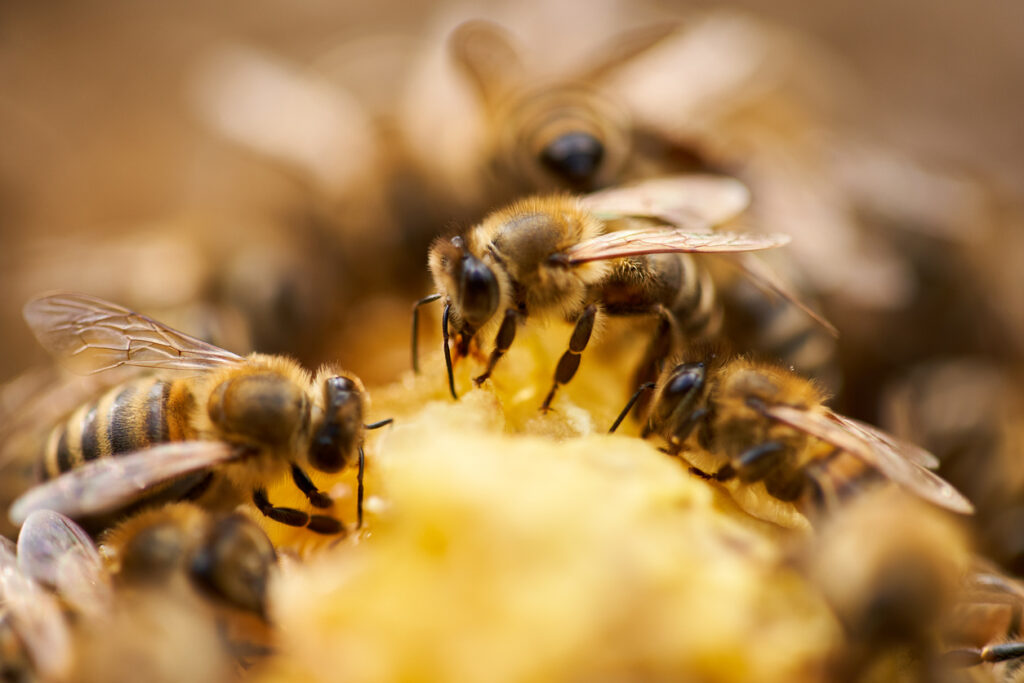
In a hive, every bee has a role—from gathering nectar to defending the entrance to caring for the queen. These roles change depending on age and the hive’s needs, with no ego about who’s doing what. It’s a reminder that real teamwork often involves adaptability. When the focus is on the goal rather than status, people (or bees) are more willing to step into different roles and do what needs doing.
6. Meerkats take turns keeping watch.
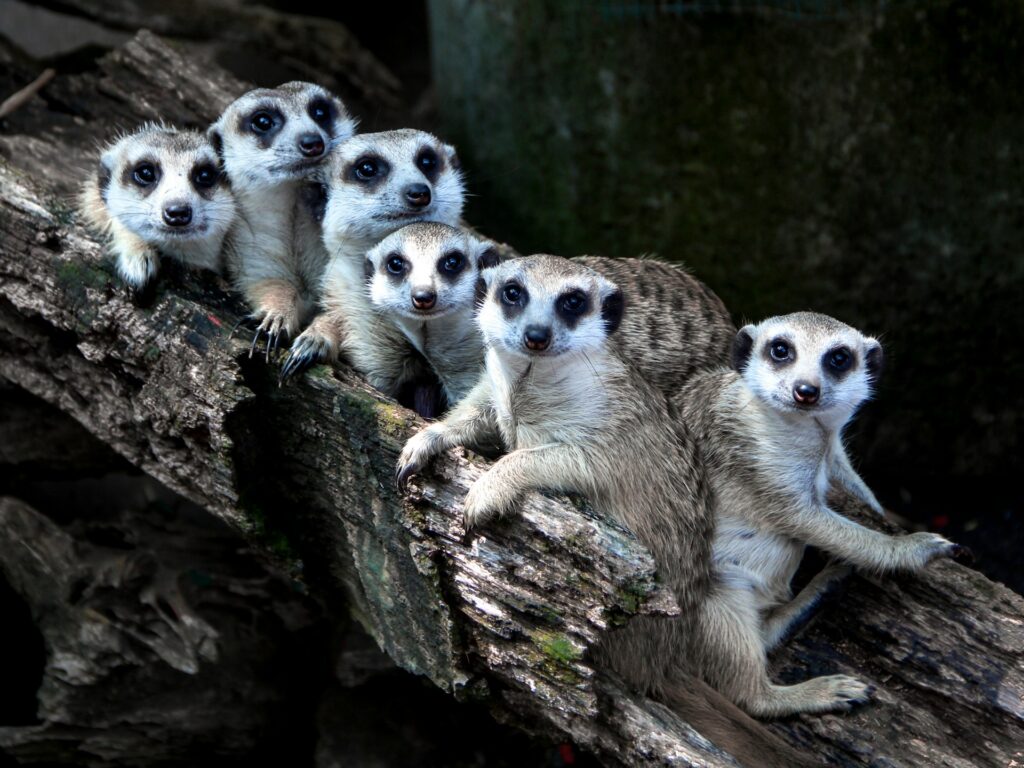
In a meerkat mob, one member will often act as the lookout while the others forage or rest. They rotate this duty, and the sentry gives distinct warning calls for different types of threats, like hawks or snakes. That level of awareness and shared responsibility shows the importance of trust in a group. No one is stuck with the same job forever, but everyone takes their turn at protecting the group’s safety.
7. Orcas pass hunting knowledge through generations.
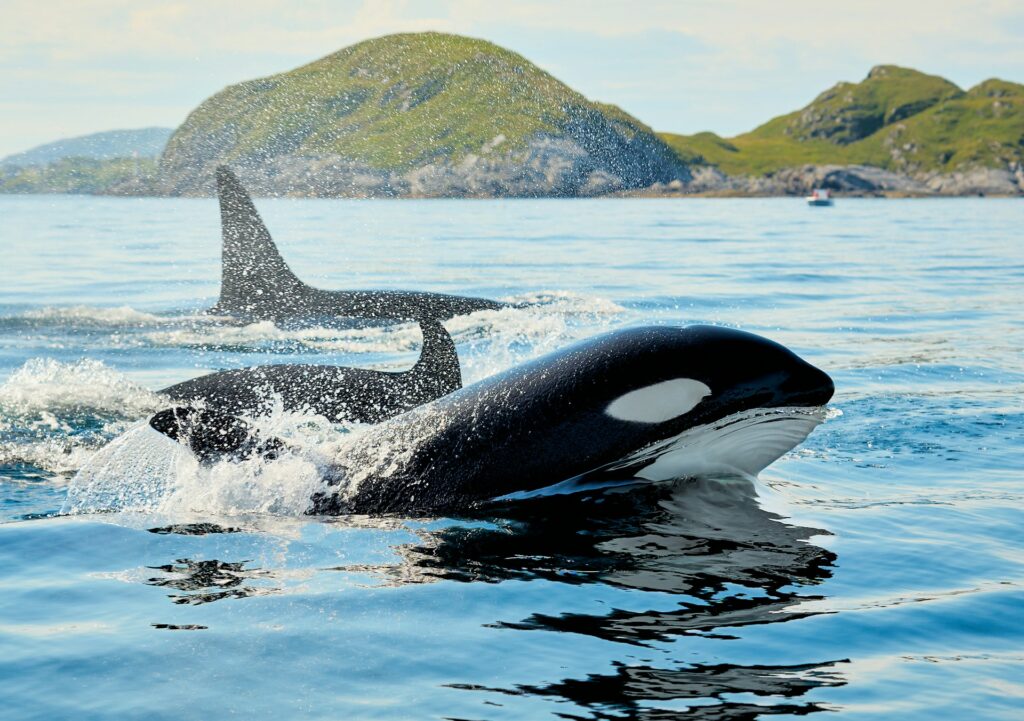
Orcas (killer whales) hunt in pods and teach their young how to catch specific prey using complex techniques, like creating waves to knock seals off ice or beaching themselves temporarily to grab fish. These skills are learned, not instinctive. That intergenerational learning reminds us that survival doesn’t just come from strength, but from passing on what works. Shared knowledge and mentorship keep skills alive—and make sure the next generation starts off stronger.
8. Baboons build alliances to protect their group.
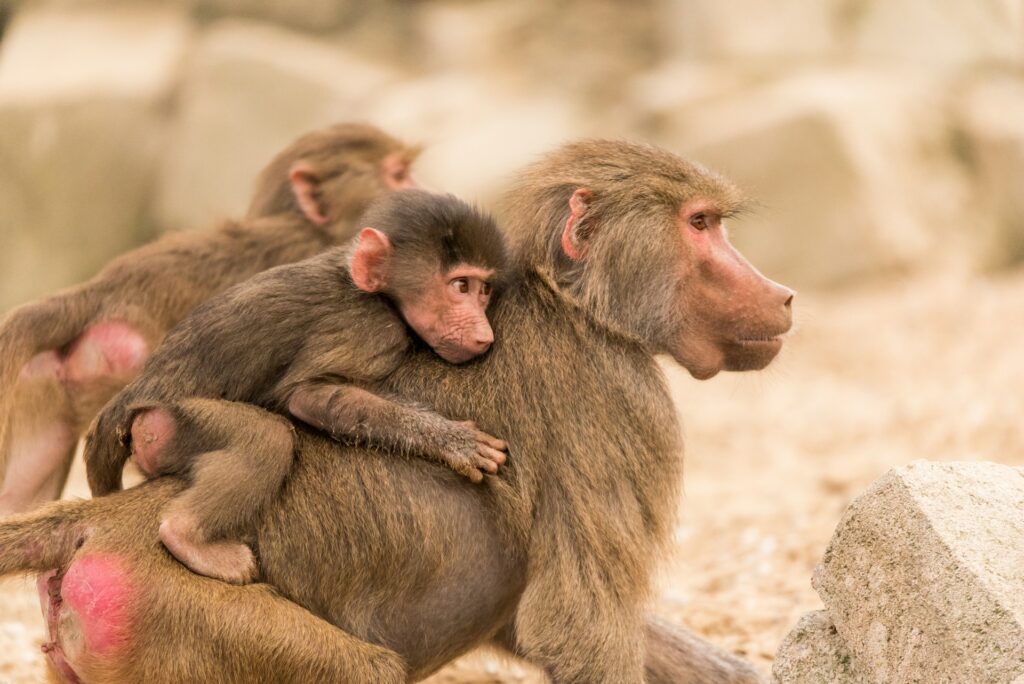
Baboon societies are full of subtle alliances and negotiated relationships. They form friendships that help reduce conflict, secure access to resources, and maintain harmony in the group. Even grooming can be a political move. It’s a lesson in diplomacy—survival isn’t just about brawn, but about emotional intelligence. Knowing how to build and maintain relationships can be just as protective as sharp claws or fast legs.
9. Canadian geese rotate leadership mid-flight.
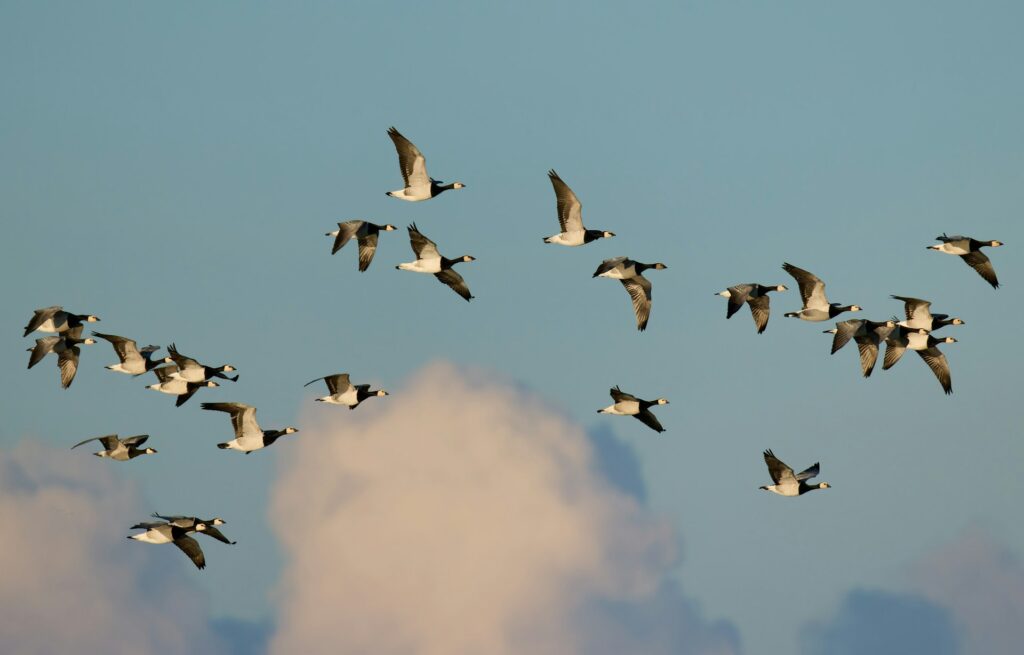
When flying in formation, geese take turns leading the V. The front position is hardest, pushing through the most air resistance, so they swap when one gets tired. The others honk to encourage whoever’s leading. It’s a perfect model of shared leadership—recognising when someone needs a break and being willing to take on the pressure yourself for the benefit of the whole group. No one leads forever, and that’s the point.
10. Termites build entire cities together.
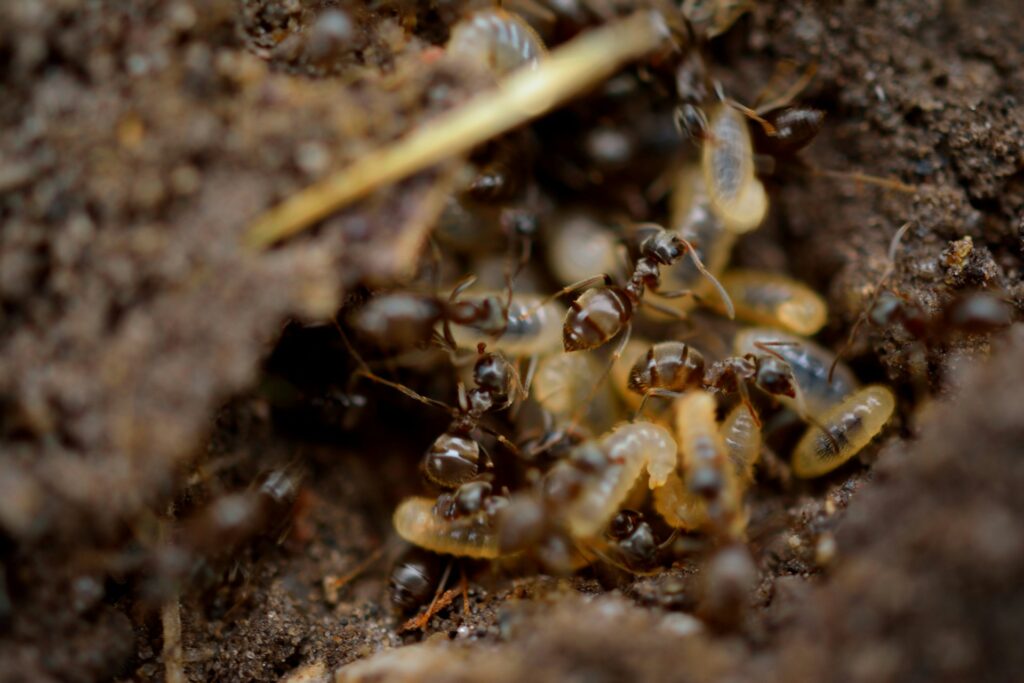
Some termite species build massive mounds with carefully ventilated chambers, complex air flow systems, and designated nursery zones, all without a blueprint. Each termite follows a few simple rules, and together, they build something huge. This is a lesson in trust and decentralised effort. You don’t need one visionary doing everything—you just need everyone contributing steadily, responding to their environment, and sticking to the task without ego.
11. Cleaner fish form mutual aid partnerships.
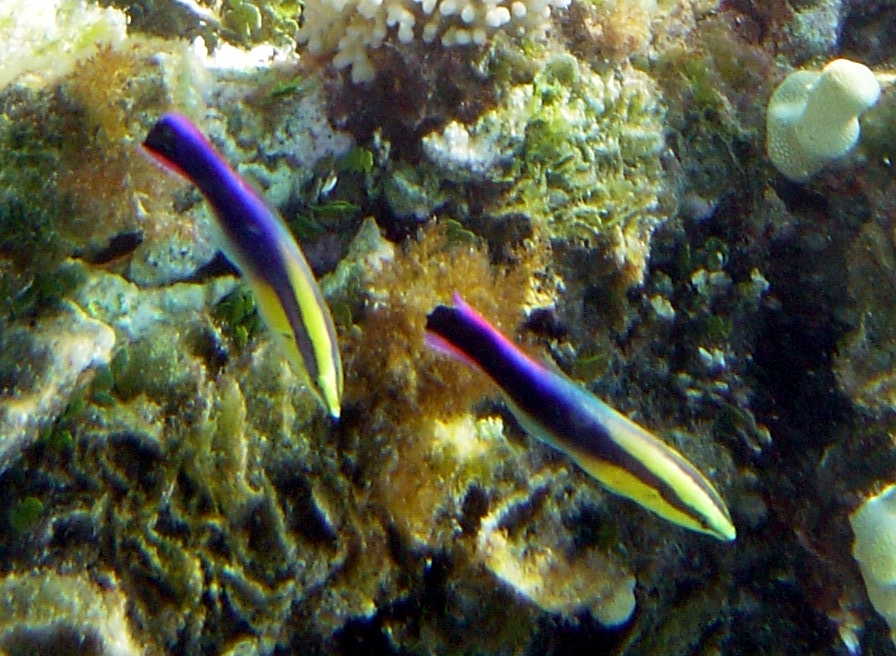
In coral reefs, cleaner fish remove parasites from larger fish. It looks like a spa day, but it’s a survival deal. The cleaner gets a meal, and the client fish gets rid of itchy invaders. Both benefit, and both honour the exchange. These kinds of symbiotic relationships are a great reminder that teamwork doesn’t have to look like traditional groups. Sometimes it’s about finding people (or species) whose strengths match your needs—and helping each other thrive.
12. Penguins huddle for warmth—then rotate.
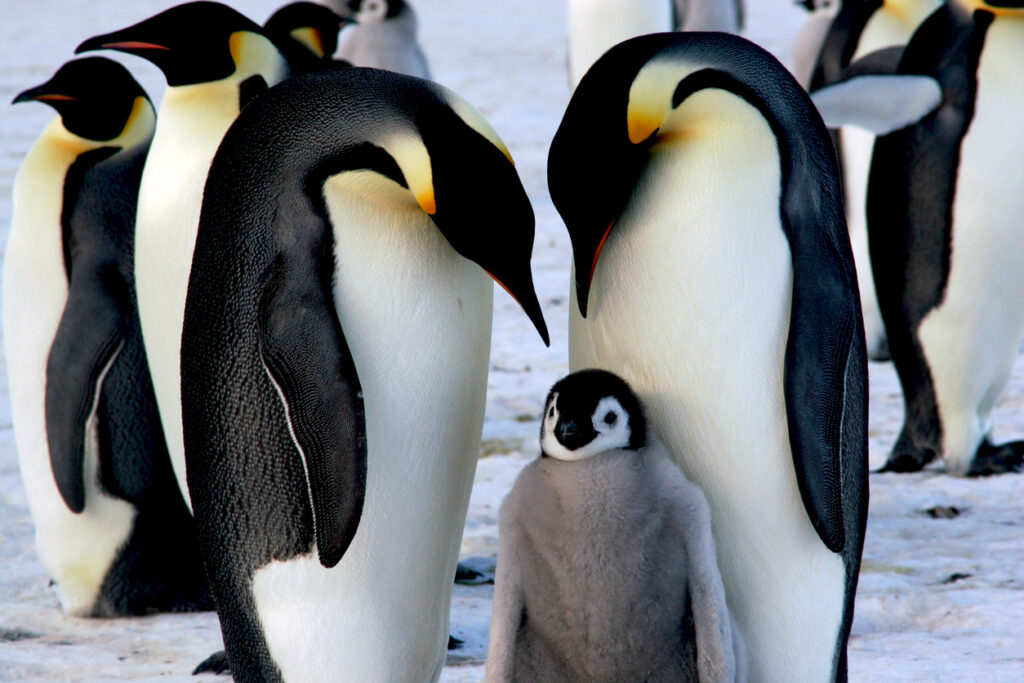
In Antarctica, emperor penguins form massive huddles to survive the cold. Those in the centre stay warmer, while the outer layer takes the brunt of the wind. However, it doesn’t stay that way—they rotate so everyone takes a turn on the edge. This constant change keeps the whole group alive. It’s a powerful example of fairness in action—everyone shares both the comfort and the hardship, ensuring no one is left to freeze while others stay warm.
13. Chimpanzees collaborate on problem-solving.
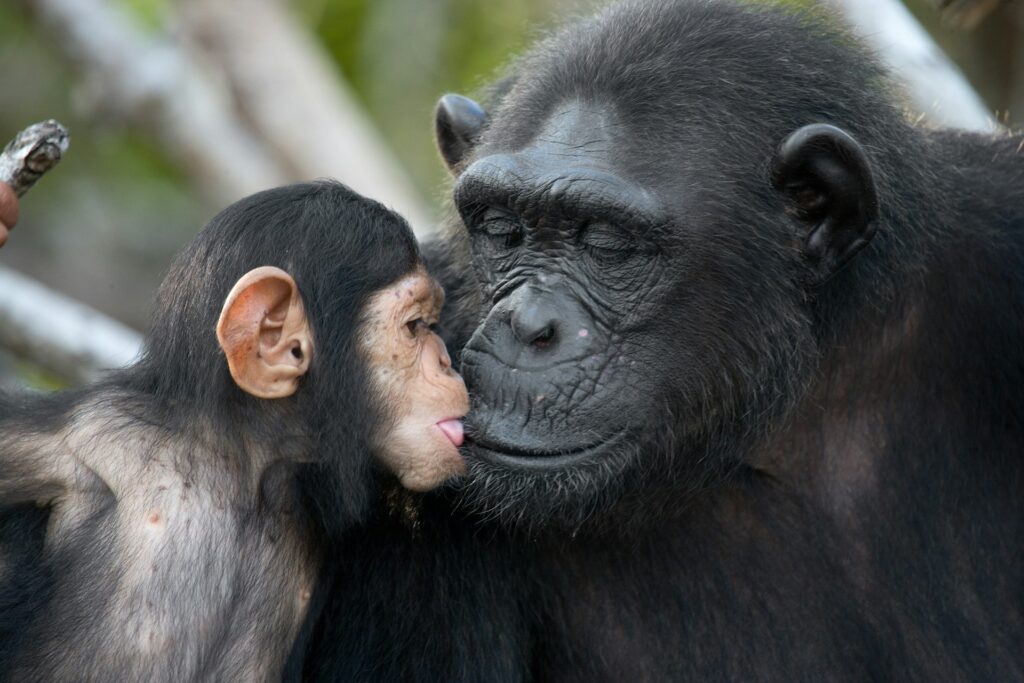
Chimps have been observed using tools together to solve challenges—like cracking nuts with rocks or fishing termites with sticks. Some even hold tools steady while another uses them, showing coordination and purpose. They’re not just working side-by-side; they’re genuinely cooperating. It shows how creativity and survival go hand in hand when individuals are willing to work in sync toward a shared outcome, rather than competing for it.
14. Starlings swarm in murmuration with no leader.
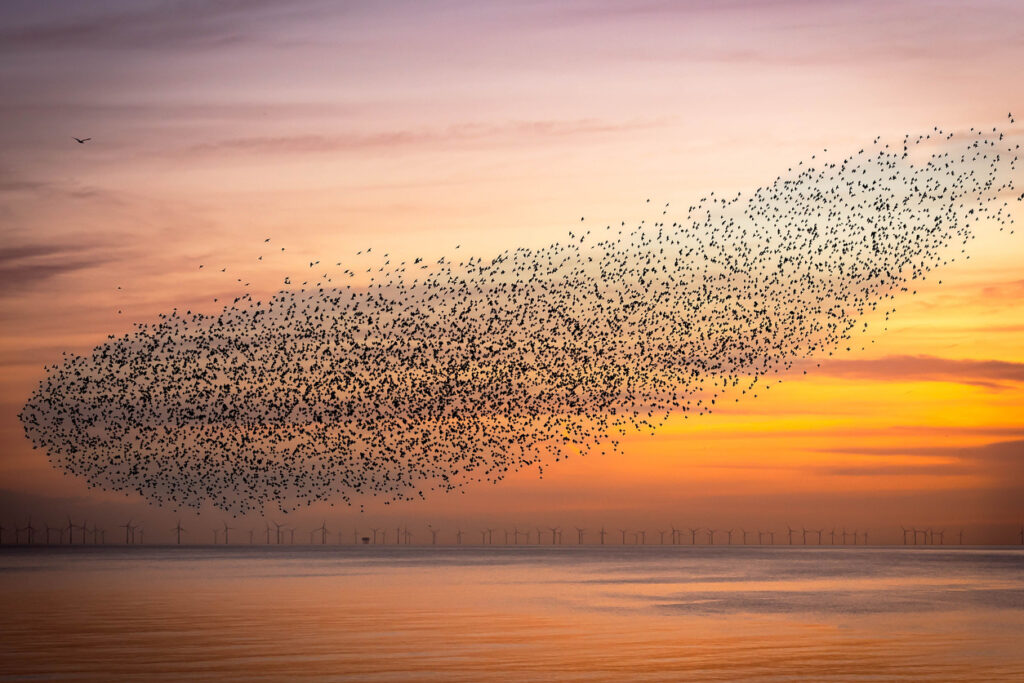
When thousands of starlings flock together in swirling, synchronised patterns, it looks almost choreographed. But there’s no leader. Each bird responds to its seven nearest neighbours, creating a fluid system with no central control. It’s a mind-blowing reminder that coordination doesn’t always require hierarchy. Sometimes, if everyone’s just paying attention to the right cues, you can create something incredibly complex and beautiful, no top-down structure needed.